Nationality Austrian Wins 0 Active years 1994 Championships 0 Role Racing driver | Entries 3 (1 start) Name Roland Ratzenberger Podiums 0 | |
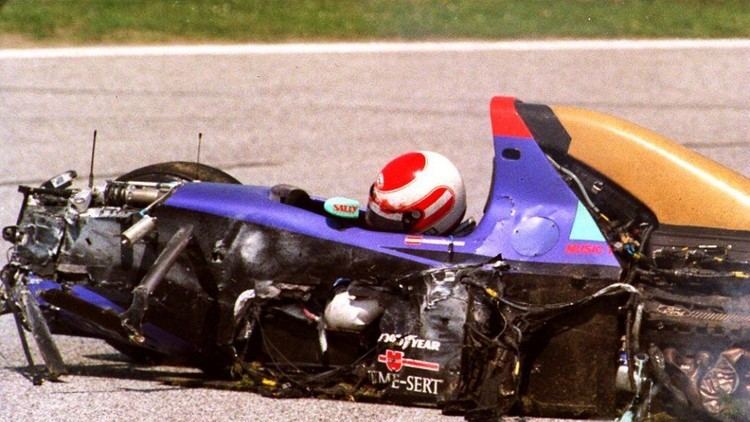 | ||
Born 4 July 1960Salzburg, Austria ( 1960-07-04 ) Died April 30, 1994, Imola, Italy Parents Margit Ratzenberger, Rudolf Ratzenberger Similar People | ||
Roland ratzenberger tribute 20 years
Roland Ratzenberger ([ˈʀoːlant ˈʀaʦn̩bɛʁɡɐ]; 4 July 1960 – 30 April 1994) was an Austrian racing driver who raced in sports prototype, British Formula 3000, Japanese Formula 3000 and Formula One. He died during qualifying for the 1994 San Marino Grand Prix, the same event at which three-time World Champion Ayrton Senna died the following day.
Contents
- Roland ratzenberger tribute 20 years
- F1 imola san marino 1994 ayrton senna and roland ratzenberger
- Early life
- Career
- Le Mans
- Racing in Japan
- Formula One
- Death
- Complete British Touring Car Championship results
- Complete Japanese Formula 3000 results
- Complete Formula One results
- References
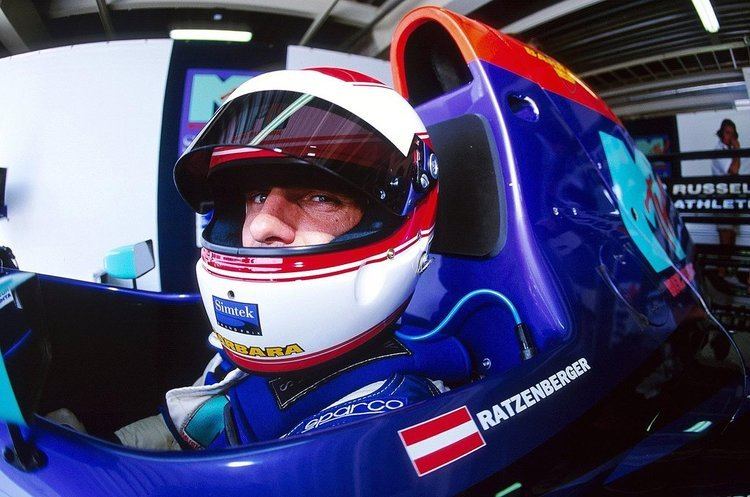
F1 imola san marino 1994 ayrton senna and roland ratzenberger
Early life
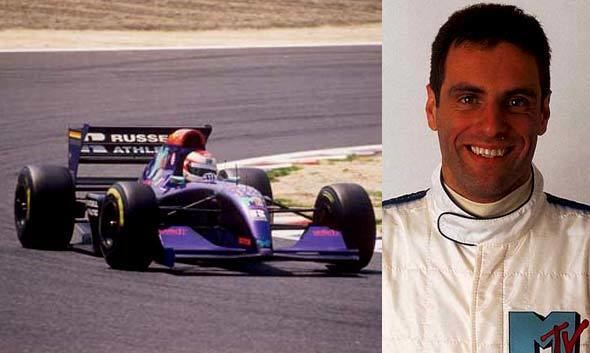
Born in Salzburg, Austria, Ratzenberger often claimed 1962 (rather than 1960) as his birth year, wanting to appear younger to extend his racing career. He began racing in German Formula Ford in 1983, and in 1985 won both the Austrian and Central European Formula Ford championships.
Career
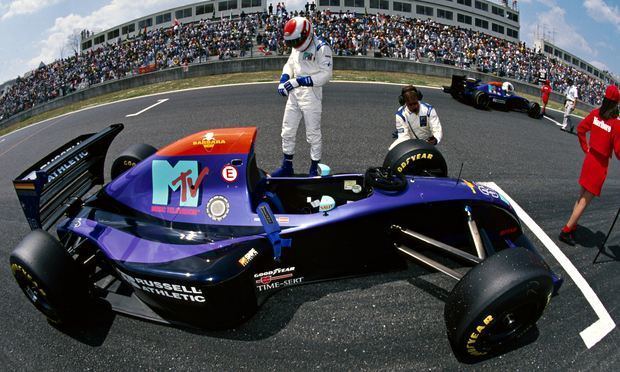
In 1985, he entered the Formula Ford Festival at Brands Hatch in England, finishing second. He returned in 1986, and won it before graduating to British Formula 3 the following season. While in the UK, he briefly gained fame for the similarity of his name to that of TV puppet Roland Rat, with whom he appeared in an edition of TV-am and whose branding briefly appeared on his car.
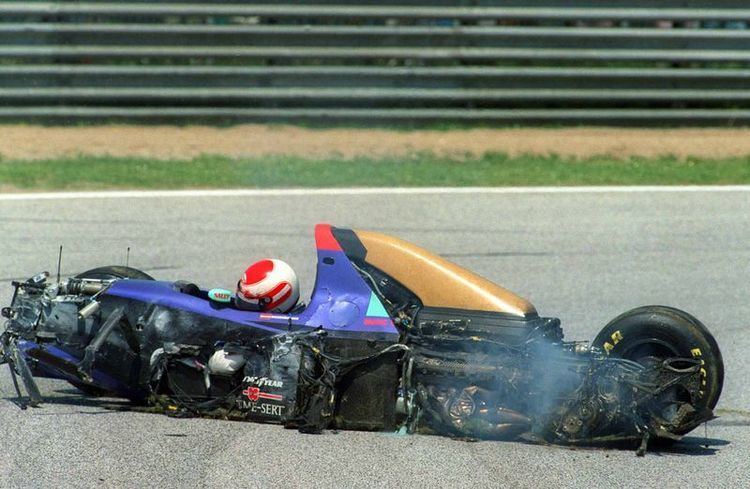
Two years in British F3 yielded two 12th places in the championship with West Surrey Racing and Madgwick Motorsport. He also raced in other formulae than single seaters, once finishing second in the 1987 World Touring Car Championship driving a Team Schnitzer BMW M3. In 1988 he entered the final few rounds of the British Touring Car Championship in a class B BMW M3 for the Demon Tweeks team.
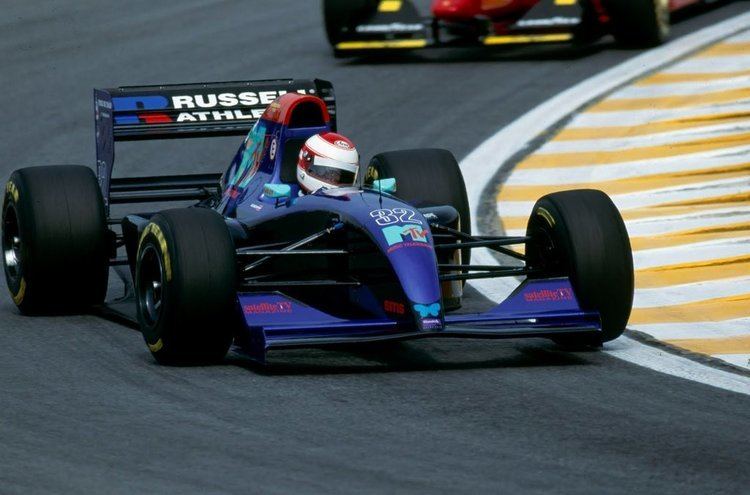
In 1989 he entered the British Formula 3000 series, finishing third overall.
Le Mans
The same year he raced in the Le Mans 24 Hours for the first time. The Brun Motorsport, Porsche 962 he shared with Maurizio Sandro Sala and Walter Lechner retired in the third hour.
He raced in the next four Le Mans, with Brun again in 1991 and with the SARD team in 1990, 1992 and 1993. His highest finish came in 1993, when he, Mauro Martini and Naoki Nagasaka finished fifth in a Toyota 93 C-V.
Racing in Japan
In the 1990s, Ratzenberger switched to Japanese racing. He won one race each in 1990 and 1991 in the Japanese Sports Prototype Championship with the same SARD team he drove for at Le Mans. He also returned to touring car racing in the Japanese Touring Car Championship, finishing seventh in 1990 and 1991 in a BMW M3.
This paved the way for a return to Formula 3000 in the Japanese championship, with the Stellar team in the 1992 season. His year began poorly but, when the team upgraded their two-year-old Lola for a new model, Ratzenberger won once to finish seventh overall. He remained in the series in the 1993 season, finishing 11th.
Formula One
In 1994, he finally achieved his ambition of becoming a Formula One driver, signing a five-race deal with the new Simtek team run by Nick Wirth.
His campaign got off to a poor start at the Brazilian Grand Prix in Interlagos, where he failed to qualify. But he got onto the grid for the next round at the TI Circuit in Aida, Japan, as his experience of the track from his touring car days meant he was the only driver in the race who had driven at the venue before. He finished 11th.
Death
Ratzenberger was killed during qualifying for the San Marino Grand Prix at the Imola circuit on Saturday 30 April 1994. He went off-track on the previous lap, damaging his front wing, but rather than come into the pits, he continued, since he was competing for the final grid spot. The high speed on the straight, and therefore the high downforce generated, finally broke the wing off, sending it under the car. His car failed to turn into the Villeneuve Corner and struck the outside wall at 314.9 km/h (195.7 mph).
Ratzenberger was pronounced dead on arrival at Maggiore Hospital in Bologna, having been airlifted there from the Imola circuit's medical centre, where he had initially been transferred to from the crash site by ambulance. The cause of death was a basilar skull fracture.
Ratzenberger was the first racing driver to lose his life at a grand prix weekend since the 1982 season, when Riccardo Paletti was killed at the Canadian Grand Prix at the Circuit Gilles Villeneuve. Ratzenberger was also the first driver to die in an F1 car since Elio de Angelis during testing in 1986.
Bernie Ecclestone persuaded the Simtek team to take part in the race the following day to overcome the shock. Out of respect, Ratzenberger's spot on the starting grid was left empty. Ratzenberger's teammate, David Brabham, retired after 27 laps.
Seven laps into the race, three-time World Champion Ayrton Senna was killed in another accident. Both deaths brought the sport of Formula One under international scrutiny. The double tragedy was marked before the start of the next race in Monaco, with the front row of the grid left empty and the two slots painted with a Brazilian and Austrian flag.
While Ratzenberger's death was overshadowed to some extent by Senna's, barely 24 hours later, his death nonetheless had one lasting legacy. On 1 May 1994, during the customary drivers' briefing, the remaining drivers agreed to the reformation of the Grand Prix Drivers' Association, with Senna, Gerhard Berger and Michael Schumacher as its first directors. The association subsequently pressed for improvements to car and circuit safety in the wake of Imola and other serious crashes during the 1994 season; for 2003, the FIA mandated the use of the HANS device, designed to prevent the type of injury suffered by Ratzenberger.
When track officials examined the wreckage of Senna's racing car, they found a furled Austrian flag. Senna had planned to raise it after the race, in honour of Ratzenberger.
FIA president, Max Mosley, attended the funeral of Ratzenberger, despite the overwhelming attention on Senna's funeral, both in the world of motorsport and worldwide. In a press conference ten years later Mosley said, "Roland had been forgotten. So I went to his funeral because everyone went to Senna's. I thought it was important that somebody went to his." Other members of the Formula 1 community who attended were Johnny Herbert, Heinz-Harald Frentzen, and Ratzenberger's compatriots Karl Wendlinger and Gerhard Berger: they were the only four F1 drivers who attended.
Ratzenberger was due to drive later that year in the Le Mans 24 Hours for Toyota. Eddie Irvine took his place in the team, and Ratzenberger's name was left on the car (which would go on to take second place overall) as a tribute.
Ratzenberger is buried in Maxglan, Salzburg, Austria.
Complete British Touring Car Championship results
(key) (Races in bold indicate pole position – 1982–1990 in class) (Races in italics indicate fastest lap – 1 point awarded ?–1989 in class)
Complete Japanese Formula 3000 results
(key) (Races in bold indicate pole position; races in italics indicate fastest lap)
† Did not finish, but was classified as he had completed more than 90% of the race distance.
Complete Formula One results
(key)
